Which Contact Center Reporting and Analytics Tools Stand Out
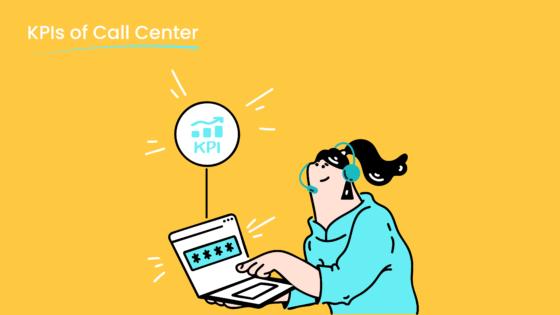
Contact center reporting and analytics tools like Sobot Voice/Call Center, CallMiner, and Qualtrics lead the industry in 2025. Sobot stands out as a key player in a global market projected to reach over $230 billion by 2031, thanks to its AI-driven analytics, omnichannel support, and 99.99% uptime. Sobot AI helps businesses analyze real-time and historical data, improving agent efficiency and customer satisfaction. Analytics tools have transformed operations by automating tasks, tracking customer journeys, and ensuring compliance, making them essential for customer service leaders today.
Top Tools Overview
Leading Solutions in 2025
Contact center reporting and analytics tools have evolved rapidly, setting new standards for performance and efficiency in 2025. Leading solutions now use advanced technologies like AI-powered speech analytics and real-time monitoring. These tools track key performance indicators such as Quality Score, Customer Satisfaction Score (CSAT), Net Promoter Score (NPS), Service Level, and Agent Occupancy Rate. Companies see measurable improvements in average handle time, first call resolution, and customer satisfaction. For example, organizations using these modern platforms report a 35% boost in NPS and a 15% increase in conversion rates. AI and data-driven decision-making help reduce operational costs and improve agent engagement. The integration of these technologies creates a positive feedback loop, leading to better customer experiences and stronger business outcomes. As a result, contact center reporting and analytics solutions have become essential for businesses aiming to stay competitive and deliver superior service.
Sobot Voice/Call Center Highlights
Sobot Voice/Call Center stands out as a leader in the contact center reporting and analytics space. The platform delivers a 234% return on investment (ROI) and helps companies achieve a 60% reduction in agent workload through its AI Copilot. Sobot’s solution improves conversion rates by 15% and increases NPS by 35%. The system resolves most customer issues in under one minute by combining AI and human collaboration. Sobot offers over 300 statistical reports, providing thousands of indicators for deep analysis. The platform integrates all customer channels, making it easy for agents to manage communications in one place. Sobot’s pricing remains transparent and cost-effective, often half the price of other solutions. Real-world results include a 35% sign-off rate boost for J&T Express and a 93% CSAT for OPPO. The following chart shows Sobot’s performance across key metrics:
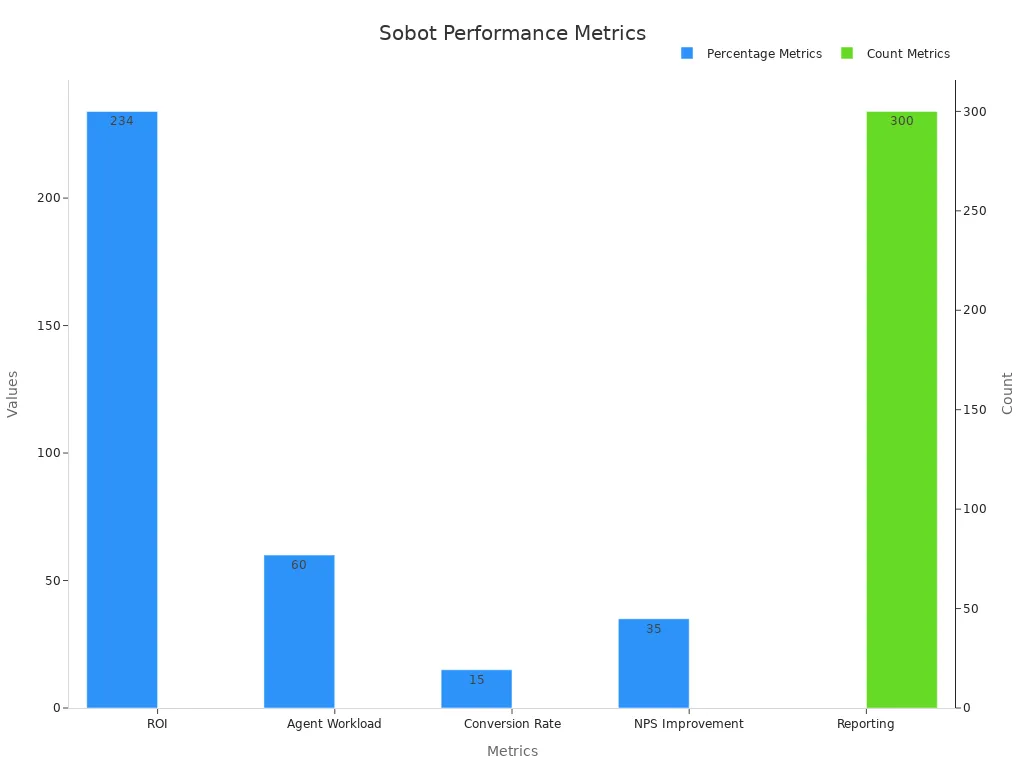
Evaluation Criteria
Analytics and Reporting Features
Contact center reporting and analytics tools must deliver clear, actionable insights. Leading platforms provide configurable dashboards and visualization tools. These dashboards help managers track essential KPIs such as call volume, average handle time, queue length, agent availability, and customer sentiment. Real-time dashboards allow supervisors to act quickly when issues arise. Many solutions support drill-down analysis, which reveals relationships between data points and uncovers root causes. Trending and historical data analysis help teams spot patterns and forecast future needs. Advanced analytics, including speech and text analysis, automate the extraction of insights from large volumes of interactions. Predictive analytics can forecast call volumes and customer satisfaction, supporting better resource allocation. Sobot excels in this area by offering over 300 statistical reports and thousands of indicators, making it easy for businesses to monitor performance and improve customer experience.
Tip: Customizable dashboards and real-time alerts help contact centers respond to problems before they impact customers.
Integration and Scalability
Integration and scalability are critical for any contact center reporting and analytics solution. The best tools connect with multiple systems, such as ACD, WFM, CRM, and quality management platforms. This integration creates a unified view of customer interactions across channels like phone, email, chat, and social media. Scalability ensures the platform can handle increased call volumes and new channels as the business grows. Cloud-based solutions, such as Sobot, offer high system uptime (99.99%) and global network support. Sobot’s seamless integration with CRM and technology management systems allows businesses to expand without disruption. Prepackaged applications and open APIs make it easy to extend functionality as needs change.
| Integration Features | Scalability Features |
|---|---|
| CRM, ERP, WFM connectors | High uptime (99.99%) |
| Open APIs | Global number availability |
| Omnichannel support | Fast deployment |
Security and Compliance
Security and compliance remain top priorities for contact center reporting and analytics platforms. Organizations must protect sensitive customer data and meet regulatory requirements. Leading solutions hold certifications such as ISO 27001, SOC 2, and PCI-DSS, which involve independent audits and continuous monitoring. These certifications show that a platform follows strict security standards and can be trusted with customer information. Sobot ensures encrypted data transfer and secure dialing, supporting businesses in regulated industries. Regular security validation and adherence to global standards help maintain trust and compliance.
Note: Always verify that your contact center reporting and analytics provider meets industry security certifications to protect your business and customers.
Contact Center Reporting and Analytics Comparison
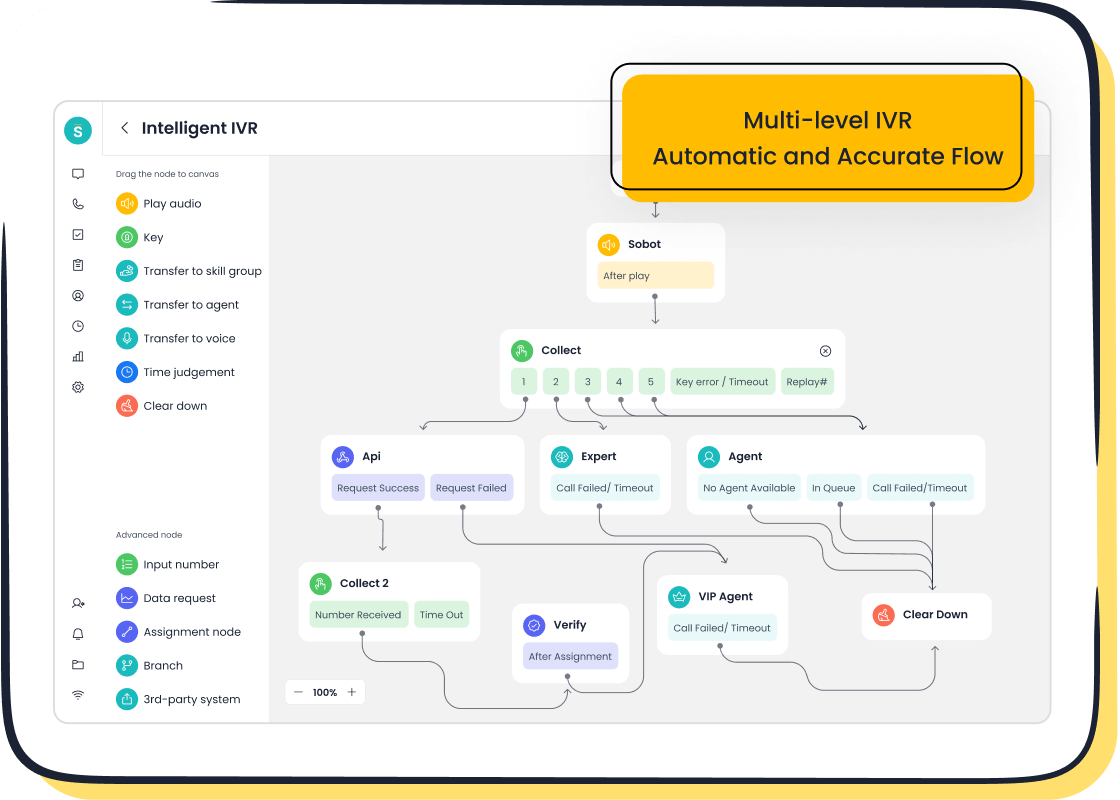
Feature Comparison
Contact center reporting and analytics tools offer a wide range of features that help businesses improve customer service and operational efficiency. The best platforms provide real-time dashboards, customizable KPI tracking, and seamless integration with other business systems. Sobot Voice/Call Center stands out with over 300 statistical reports and thousands of performance indicators, giving managers deep insights into every customer interaction. Many platforms use visualizations like line charts, doughnut charts, and combo charts to make data easy to understand and act on. These visual tools help teams spot trends, compare agent performance, and predict future needs.
The table below highlights how leading solutions compare across key feature categories:
| Feature Category | Sobot Voice/Call Center Highlights | NICE CXone Highlights | Five9 Highlights (summary) | Call Center Studio Highlights |
|---|---|---|---|---|
| Unified Data Hub | Unified workspace, omnichannel data integration | No unified ingestion of QA, coaching, WFM, and CRM data | No unified data layer; relies on third-party add-ons | Does not unify QA, coaching, and KPI data |
| Real-Time Performance Dashboards | Real-time dashboards, 300+ reports, thousands of indicators | Customizable dashboards, limited coaching integration | Built-in dashboards for core KPIs | SLA tracking and basic KPIs |
| AI-Driven Coaching & Next Best Actions | AI Copilot, smart routing, automated insights | No AI coaching or Next Best Action engine | No built-in AI coaching engine | No AI coaching or recommendations |
| Custom KPI Configuration | Highly configurable, supports global teams and time zones | Highly configurable KPI thresholds | Supports KPI tracking | Basic KPI and SLA tracking |
| Integration | Seamless CRM, ERP, and business app integration | Limited integration | Add-ons and integrations | Manual evaluation workflows |
| Security & Compliance | 99.99% uptime, encrypted data transfer, global compliance | Industry certifications | Security tools available | Basic security features |
Tip: Use real-time dashboards and customizable KPIs to quickly identify and resolve issues in your contact center reporting and analytics.
Unique Strengths
Each contact center reporting and analytics solution brings unique strengths to the table. Sobot excels with its unified workspace, AI-powered analytics, and global scalability. The platform provides 360-degree insights, capturing both on-call and off-call agent activities for a complete view of performance. Sobot’s smart process analysis identifies workflow bottlenecks and suggests improvements, helping teams boost efficiency. Real-time monitoring and automated reporting ensure managers always have up-to-date data.
Other advanced solutions focus on features like smart capacity analysis, which uses historical and real-time data to optimize staffing and reduce costs. Customizable dashboards allow leaders to track key metrics such as average handle time and first call resolution. Workload and engagement tracking help prevent agent burnout and improve job satisfaction.
| Feature/Aspect | First-generation CCaaS | Next-generation CCaaS (e.g., Sobot) |
|---|---|---|
| Platform Openness | Closed, telephony-centric | Open, flexible, omnichannel support |
| Automation | Minimal, manual processes | AI-enabled, automated workflows |
| Integration Capabilities | Limited, siloed systems | Seamless integration with business apps |
| Scalability & Cloud Migration | Disruptive, slow | Smooth, incremental, global reach |
| Customer Experience Focus | Voice-first, limited channels | Omnichannel, customer-centric |
| Operational Efficiency | High labor costs | Reduced costs, improved agent productivity |
Note: Next-generation contact center reporting and analytics platforms like Sobot empower businesses to deliver better customer experiences, scale globally, and drive continuous improvement.
In-Depth Tool Reviews
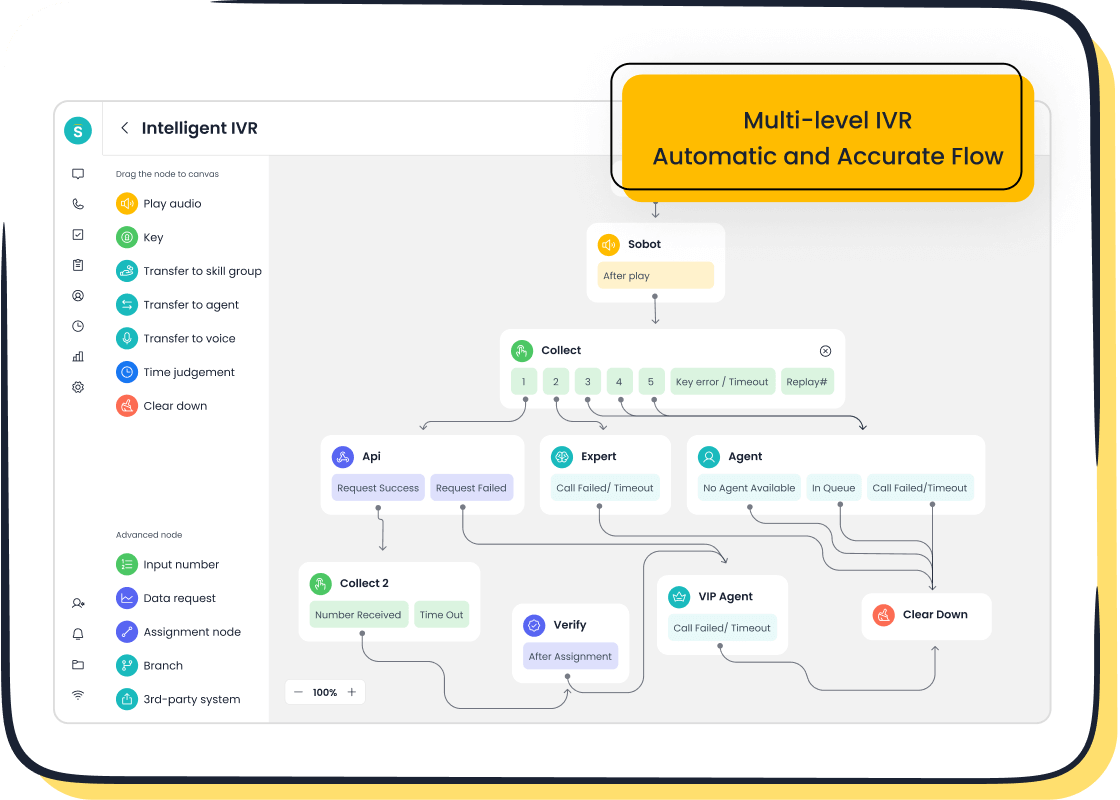
Sobot Voice/Call Center
Sobot Voice/Call Center delivers a comprehensive contact center reporting and analytics solution trusted by global brands like Samsung, OPPO, and J&T Express. The platform features over 300 statistical reports and thousands of performance indicators, giving leaders a clear view of every customer interaction. Sobot’s AI-driven analytics help teams resolve most issues in under one minute, while real-time dashboards and sentiment analysis provide instant feedback for agents.
Sobot’s omnichannel capabilities unify voice, chat, email, and social media into a single workspace. This integration streamlines agent workflows and improves customer satisfaction.
Samsung’s experience with Sobot highlights the platform’s impact. After implementation, Samsung achieved a 97% customer satisfaction rate and a 30% increase in agent efficiency. Users praise Sobot’s stability, ease of CRM integration, and the transformative effect of real-time analytics on service quality. One client described the real-time feedback as a “game-changer” for agent performance.
| Metric | Improvement/Value |
|---|---|
| Reception Efficiency | Increased by 48% |
| Average Handle Time | Reduced by 41% |
| First-Contact Resolution Rate | Improved by 54% |
| NPS Scores | Increased after 2-3 months |
| AI Call Center Uptime | 99.99% |
| CRM Integration | Easy and fast |
Pros:
- Unified omnichannel workspace
- AI-powered analytics and reporting
- High system uptime (99.99%)
- Fast and easy CRM integration
- Real-time feedback for agents
Cons:
- Advanced analytics may require initial training for new users
Ideal Use Cases:
- Enterprises seeking unified contact center reporting and analytics
- Organizations needing global scalability and omnichannel support
- Teams aiming to boost agent efficiency and customer satisfaction
Loris
Loris specializes in real-time conversation analytics and agent guidance. The platform uses AI to analyze chat and messaging interactions, providing live coaching and sentiment tracking. Loris helps agents respond with empathy and consistency, improving customer outcomes.
Pros:
- Real-time agent coaching
- Sentiment analysis for chat and messaging
- Easy integration with popular messaging platforms
Cons:
- Limited voice analytics compared to full-suite platforms
- Best suited for digital-first contact centers
Ideal Use Cases:
- Businesses focused on chat and messaging channels
- Teams looking to improve agent empathy and consistency
Qualtrics
Qualtrics stands out for its advanced AI-driven analytics and multi-channel feedback collection. The platform processes data from support cases, chat logs, voice transcriptions, emails, surveys, and social media. Qualtrics supports 23 languages and uses over 150 industry-specific models. Companies like Shake Shack have seen a 30% boost in customer recommendation scores after using Qualtrics XM Discover.
Qualtrics automates feedback collection during key interactions and uses AI-powered text and sentiment analysis to pinpoint customer journey issues.
Pros:
- Multi-channel feedback and survey distribution
- AI-powered sentiment and text analytics
- Intelligent Scoring for consistent agent evaluation
Cons:
- Complex setup for smaller teams
- May require integration with existing tech stacks
Ideal Use Cases:
- Enterprises needing deep customer experience analytics
- Organizations aiming to automate feedback and improve loyalty
CallMiner
CallMiner offers powerful voice analytics with high transcription accuracy and customizable dashboards. The platform uses Microsoft Azure STT for fast, accurate transcription in many languages. CallMiner’s AI-driven analytics uncover trends, build prediction models, and auto-score interactions for quality management.
CallMiner excels in analytics depth and accuracy but may require technical expertise for dashboard customization. The platform’s legacy architecture can slow adaptation to new AI technologies.
Pros:
- Accurate voice-to-text transcription
- Automated quality management and scoring
- Deep analytics for complex enterprise needs
Cons:
- Complex dashboard customization
- Slower adaptation to new AI features
Ideal Use Cases:
- Large enterprises with technical resources
- Teams needing detailed voice analytics and compliance monitoring
Level AI
Level AI focuses on agent performance and quality assurance through AI-powered conversation intelligence. The platform analyzes voice and chat interactions, providing actionable insights for coaching and compliance. Level AI’s intuitive dashboards help managers track agent performance and identify training needs.
Pros:
- AI-driven conversation analysis
- Automated quality assurance
- User-friendly dashboards
Cons:
- Limited third-party integrations
- May not support all communication channels
Ideal Use Cases:
- Contact centers prioritizing agent coaching and compliance
- Teams seeking easy-to-use analytics tools
Observe.ai
Observe.ai delivers conversational intelligence and real-time analytics for contact centers. The platform uses speech and text analytics to extract sentiment, topics, and trends from customer interactions. Observe.ai automates quality assurance, scoring, and compliance monitoring, reducing manual effort and improving service quality.
Real-time insights and sentiment analysis help agents personalize service and increase customer satisfaction.
| Key Features | Benefits |
|---|---|
| Speech & Text Analytics | Deep insights into interactions |
| Automated QA & Compliance | Consistent scoring, faster improvement |
| Real-Time Dashboards | Easy monitoring for agents and managers |
| CRM & IVR Integration | Streamlined workflows |
Pros:
- Comprehensive speech and text analytics
- Automated quality assurance and compliance
- Seamless integration with CRM and IVR systems
Cons:
- May require phased deployment for large teams
- Advanced features need onboarding and training
Ideal Use Cases:
- Contact centers seeking proactive coaching and QA automation
- Organizations aiming to improve customer satisfaction and operational efficiency
Contact center reporting and analytics platforms like these empower businesses to deliver better customer experiences, drive efficiency, and scale operations globally.
Choosing the Right Solution
Matching Business Needs
Selecting the right contact center reporting and analytics tools starts with understanding business goals and customer needs. Companies often segment leads by industry, size, and challenges to match solutions with their unique requirements. For example, a retail business may prioritize omnichannel support, while a financial service provider may focus on compliance and data security.
Key metrics such as conversion rates, customer satisfaction, and sales cycle length help organizations identify gaps in their current systems. By tracking engagement metrics like open rates and click-throughs, leaders can see which features drive results. Real-time customer feedback also reveals missing features or service gaps, guiding product improvements.
Tip: Companies that use lead qualification scores and customer feedback often achieve higher retention and upsell rates.
Sobot’s contact center reporting and analytics tools address these needs by offering customizable dashboards, AI-driven insights, and seamless integration with CRM and ERP systems. This approach ensures that businesses of all sizes can align their technology with operational goals and industry trends.
Steps to Evaluate
A structured evaluation process helps organizations choose the best contact center reporting and analytics tools for their needs. The following steps provide a clear path:
- Assign a leader to manage the evaluation and gather testing data.
- Identify specific business problems the software should solve.
- Consult team members to collect user requirements and distinguish needs from wants.
- Research and shortlist solutions based on features, integration, and scalability.
- Test each tool with real users, using feedback forms to assess usability and performance.
- Aggregate feedback and compare options objectively.
- Analyze costs, ROI, and security features, ensuring compliance with standards like GDPR.
- Confirm compatibility with existing systems such as CRM or workforce management platforms.
- Make a final decision based on comprehensive analysis and alignment with business goals.
| Evaluation Step | Purpose |
|---|---|
| Assign a leader | Centralizes responsibility |
| Identify problems | Focuses on real business needs |
| Gather requirements | Ensures user buy-in |
| Shortlist solutions | Narrows focus to best-fit tools |
| Test and collect data | Validates usability and effectiveness |
| Analyze and decide | Supports data-driven final selection |
Contact center reporting and analytics tools like Sobot offer robust integration, high uptime, and advanced analytics, making them ideal for businesses seeking efficiency and growth. Regular feedback loops and continuous model improvement ensure these tools remain effective as business needs evolve.
Real-World Impact
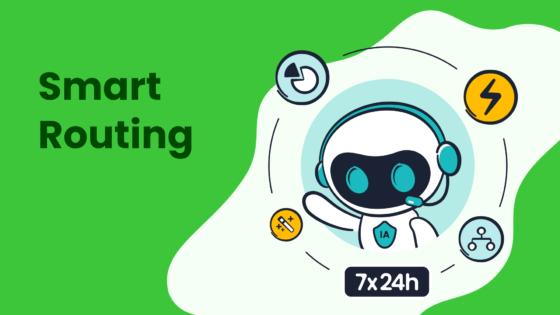
Sobot Customer Success Story
Sobot’s contact center reporting and analytics tools have delivered measurable results for global brands. Samsung, a leader in electronics, partnered with Sobot to unify its customer service channels and improve operational efficiency. After implementing Sobot’s all-in-one solution, Samsung achieved a 97% customer satisfaction rate and increased agent efficiency by 30%. Sobot’s platform enabled Samsung to connect all communication channels, streamline workflows, and provide agents with real-time analytics. This integration reduced repetitive tasks and allowed agents to focus on complex customer needs. Sobot’s AI-powered analytics also helped Samsung identify trends and optimize team performance. The success story demonstrates how advanced contact center reporting and analytics tools can transform customer experience and drive business growth.
Sobot’s unified workspace and AI-driven insights empower agents to resolve issues faster and deliver personalized service.
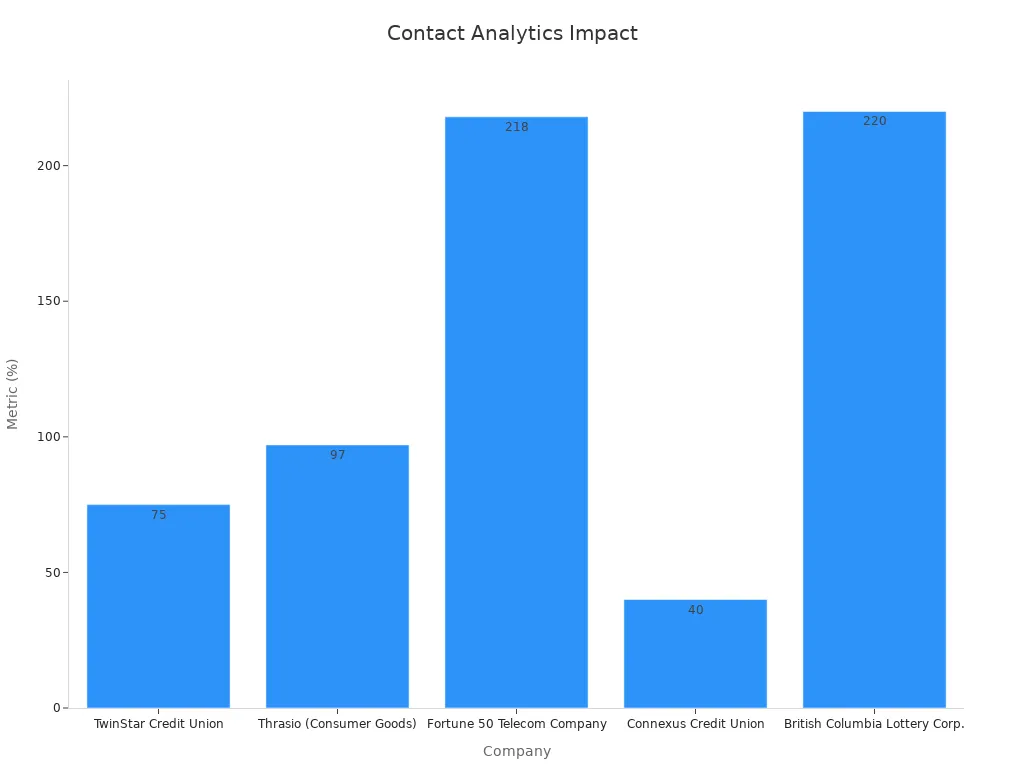
Industry Applications
Contact center reporting and analytics tools support a wide range of industries, from retail and healthcare to finance and telecommunications. These tools help organizations manage customer experience, monitor performance, and ensure compliance. For example, eHealth used AI voice agents to handle after-hours calls, achieving a 100% answer rate and doubling purchase interest. H&M deployed AI chatbots, resolving 70% of queries without human help and increasing conversions by 25%. Companies like Verizon and Commonwealth Bank of Australia used analytics to reduce wait times, prevent fraud, and improve customer retention.
| Company / Industry | Use Case Description | Key Metrics / Outcomes |
|---|---|---|
| eHealth (Health Insurance) | AI voice agents for after-hours calls | 100% answer rate; 34.5% purchase interest; 60% rated exceptional |
| H&M (Retail) | AI chatbots for customer service | 70% query resolution; 25% more conversions; 3x faster response |
| Verizon (Telecom) | Generative AI for call routing | 80% prediction accuracy; 7-minute reduction in store visits |
| Commonwealth Bank of Australia | AI messaging and security features | 40% shorter wait times; 50% less scam losses; 30% fewer fraud reports |
Contact center reporting and analytics tools like Sobot adapt to industry needs, offering cloud deployment, omnichannel support, and predictive analytics. These features help businesses optimize resources, improve customer satisfaction, and achieve measurable results. For more details on Sobot’s industry solutions, visit Sobot Omnichannel Solution.
Contact center reporting and analytics tools like Sobot, Power BI, and Tableau help businesses optimize operations and improve customer experiences. Sobot stands out with AI-driven analytics, omnichannel support, and 99.99% uptime, making it ideal for organizations seeking unified, actionable insights. Real-world examples show that actionable data can drive up to 35% more revenue and boost efficiency by 30%. Leaders should start with free trials or demos to align tool features with business goals. Sobot’s robust platform empowers teams to act on insights and deliver measurable results. 🚀
FAQ
What are contact center reporting and analytics tools?
Contact center reporting and analytics tools help businesses track, measure, and improve customer service. These tools collect data from calls, chats, and emails. Managers use them to monitor agent performance, customer satisfaction, and key metrics like Net Promoter Score (NPS).
How do contact center reporting and analytics tools improve efficiency?
These tools provide real-time dashboards and automated reports. For example, Sobot’s platform offers over 300 statistical reports. Teams can quickly spot trends, reduce average handle time, and boost agent productivity by up to 30%.
Why is omnichannel support important in contact center reporting and analytics tools?
Omnichannel support lets agents manage all customer interactions in one place. Sobot’s unified workspace combines voice, chat, email, and social media. This integration improves customer satisfaction and helps agents resolve issues faster.
Are contact center reporting and analytics tools secure?
Yes. Leading platforms like Sobot use encrypted data transfer and comply with global standards. Sobot’s system maintains 99.99% uptime and supports secure dialing, making it suitable for industries with strict security needs.
How can a business choose the right contact center reporting and analytics tools?
Businesses should match tools to their needs. They can compare features, integration options, and scalability. Sobot offers free demos and supports easy CRM integration. Testing tools with real users helps ensure the best fit.
Tip: Always review real-world case studies, like Samsung’s 97% satisfaction rate with Sobot, before making a decision.
See Also
Best Call Center Analytics Platforms To Use In 2024
Leading Speech Analytics Solutions For Call Centers 2024
Best AI Technologies For Enterprise Contact Center Services
